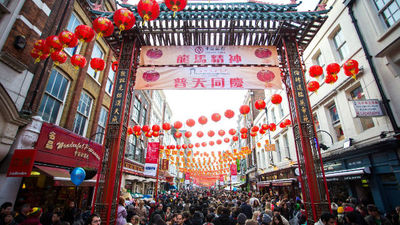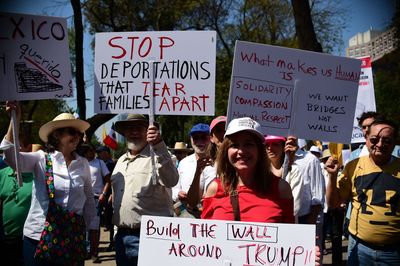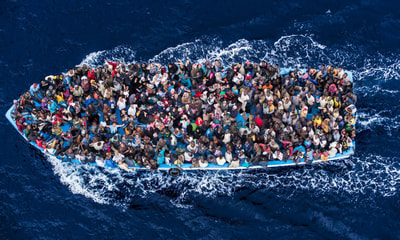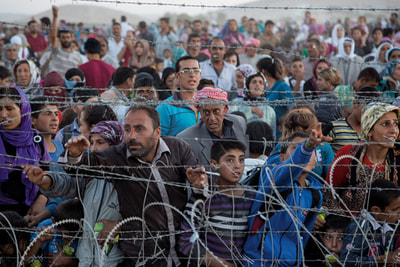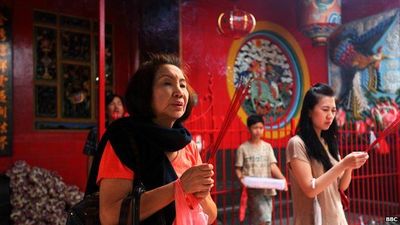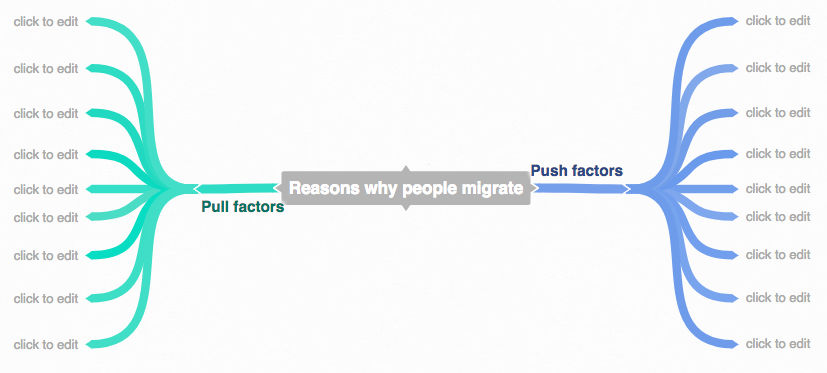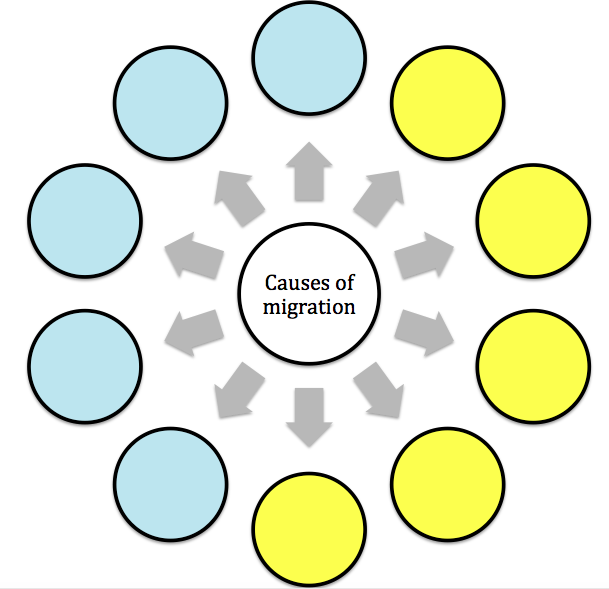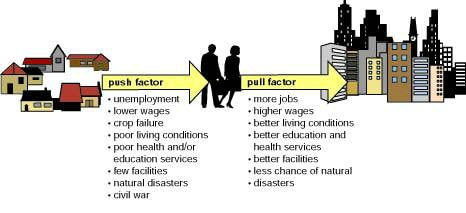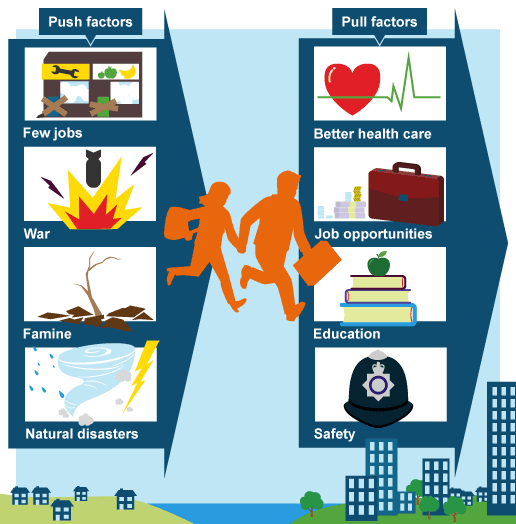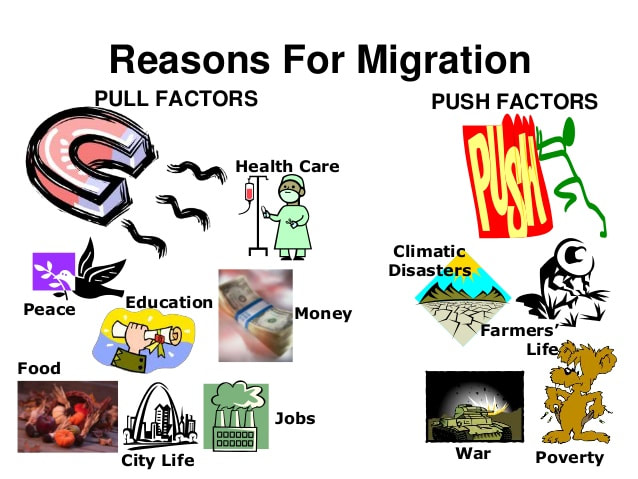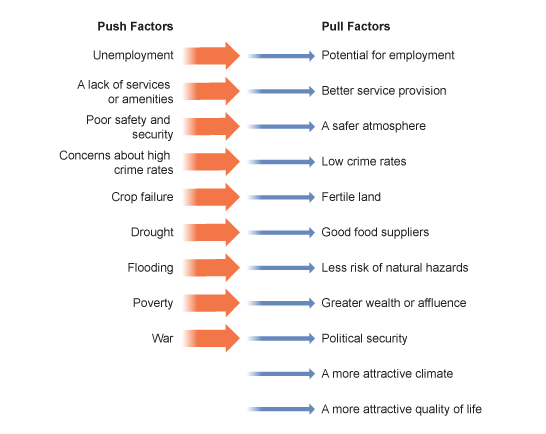-
MYP
- Home
-
IGCSE
- Course information
-
Physical: Hazardous environments
>
- Distribution of tectonic hazards
- Causes of tsunami
- Measuring earthquakes
- Earthquake case study 1: Haiti
- Earthquake case study 2: Christchurch
- Why do earthquakes do more damage in LICs than in HICs?
- How are volcanic eruptions measured?
- Tropical storms - distribution
- Causes of tropical cyclones
- Tropical cyclones - case study
- Why live in hazardous areas?
-
River Environments
>
- Hydrological cycle
- River basins
- Factors affecting river regimes
- Fluvial processes: erosion
- Fluvial processes: weathering and mass movement
- Fluvial processes: transportation and depositon
- River features and their formation
- How rivers change from source to mouth
- Uses of water
- Water pollution
- Water supply
-
IBDP
-
Changing population
>
- Global patterns of economic development
- Physical and human factors affecting global population distribution
- Case study 1: China
- Case study 2: Niger
- Demographic transition
- Megacity growth
- Forced migration and internal displacement
- Ageing populations
- Pro-natalist and anti-natalist policies
- Gender equality policies
- Trafficking policies
- The Demographic Dividend
-
Global climate vulnerability and resilience
>
- Atmospheric system
- The energy balance
- Changes in the energy balance
- The enhanced greenhouse effect
- Climate Change and the Hydrosphere, Atmosphere and Biosphere
- Impacts of climate change on people and places
- Disparities in exposure to climate change risk and vulnerability
- Government-led adaptation and mitigation strategies
- Civil society and corporate strategies
-
Global resource consumption and security
>
- Progress towards poverty reduction
- Measuring trends in global consumption
- Global patterns and trends in the availability and consumption of water
- Global patterns and trends in the availability and consumption of land/food
- Global patterns and trends in the availability and consumption of energy
- Water food and energy nexus
- Recycling and waste
- Malthus vs Boserup
- Resource Stewardship strategies
- Sustainable Development Goals
-
Freshwater - drainage basins
>
- The drainage basin as a system
- How rivers change from source to mouth
- River discharge
- River processes
- River landforms
- Factors affecting flood risk
- Attempts at flood prediction
- Flood mitigation
- Flood mitigation case studies
- Water scarcity
- Agricultural activities and water quality
- Pressures on lakes and aquifers
- Internationally shared water and conflict
- Water management: participation of local communities
- Dams as multi-purpose schemes
- Water management: Integrated Drainage Basin Management (IDBM)
- Managing wetlands
-
Leisure, Sport and Tourism
>
- Growth and purpose of leisure time
- Categories of tourism and sport
- Economic development and participation
- Factors affecting personal participation
- Factors affecting growth of tourism hotspots
- Spheres of influencee
- Factors affecting a national sports league
- Festivals
- Niche national tourism strategies
- Role of TNCs
- Tourism as a national development strategy
- International sporting events
- Consequences of unsustainable growth
- Sustainable tourism
- Future international tourism
- Political and cultural influences on sport
- Extended Essay in Geography >
- Skills/concepts >
-
Changing population
>
- Geography and ToK
- Theory of Knowledge
A. What is it all about?
Work with a partner to choose at least two of the images below. Each image represents a different migration. For the photos you choose try to work out what you think the image shows and represents:
- What? - what does the image show? Is it positive or negative (or a bit of both?) and why do you think that?
- Where? - where was the image taken? where do the people in the image come from?
- When? - when do you think it was taken? Is it modern or older? When did the migration happen?
- Who? - who are the people in the photo? Think about age, gender, background.
- Why? - why did the migration happen? Did people move for positive or negative reasons?
- How? - how did this migration happen?
A. What is migration? Key terms.
Migration
The movement of people either within a country or between countries. Migration can be permanent, temporary or seasonal.
The movement of people either within a country or between countries. Migration can be permanent, temporary or seasonal.
- International migration - Movement of people to another country
- Forced migration - The migrant has no personal choice e.g. refugees moving due to a natural disaster, war or political persecution.
- Voluntary migration - Migrants looking for a better quality of life or personal freedom e.g. better climate or to join relatives
- Internal migration - Movement of people within a country
- Rural-urban migration - Movement of people from countryside (Rural) areas to towns or cities (Urban areas)
- Emigration - when someone leaves a country.
- Immigration - when someone enters a country.
- Economic migration - moving to find work or follow a particular career path
- Social migration - moving somewhere for a better quality of life or to be closer to family or friends
- Political migration - moving to escape political persecution or war
- Environmental migration - causes of migration include natural disasters such as flooding
B. Why do people migrate?
|
|
People think very carefully before making the decision to migrate. The decision is likely to be a combination of:
PUSH FACTORS - Negative things about the place where you are which make you want to leave. These might include low pay, lack of job opportunities, war and conflict, environmental problems and other factors. PULL FACTORS - Positives things about the place you decide to move to. These might just be perceived positives (ie they might not actually exist when you arrive). They might include opportunities in education and employment, better housing and infrastructure, social factors. |
|
Work in pairs to create a simple mind map (it could be like the one on the right with a colour key to show which are push and pull factors or more like the one below) which lists as many causes of migration as you can. Your diagram MUST show push and pull factors clearly.
Discuss you own experiences, things you have read about and seen on TV. You could also check some of the resources below: |
C. Homework interview
Your homework is to interview an adult about their experience of migration. This could be a parent, a family friend or even a willing teacher (no Geography teachers allowed!!). You should ask them the following questions and write up their interview to share.
Questions:
Questions:
- Who are they? Where were they born? How old are they? (A little bit of background!)
- Give an example of an occasion when they decided to migrate. When? Where?
- What were their reasons for leaving the place where they had been living?
- Were there things that made it difficult to leave?
- What were the reasons for wanting to move to their new home?
- What were the best things and worst things about migrating?
